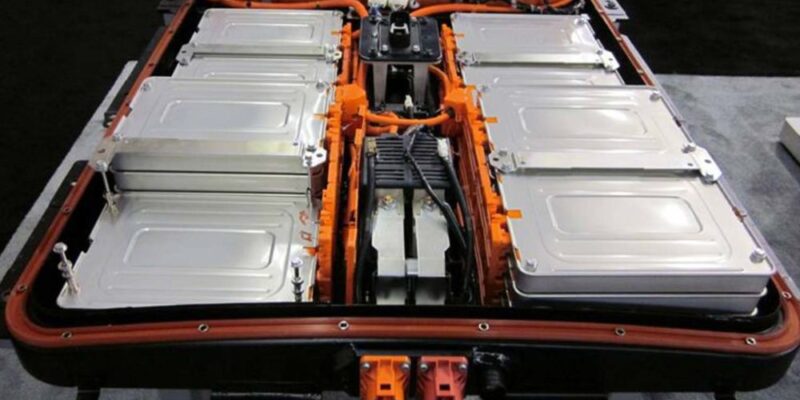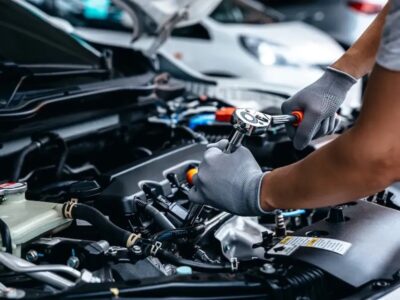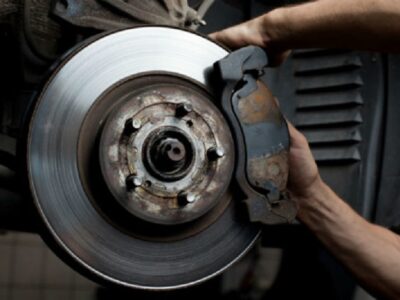Electric vehicle (EV) manufacturers are facing increasing pressure to meet sustainability goals as the automotive industry undergoes a major shift toward cleaner technologies. One crucial factor in helping manufacturers achieve these goals lies in optimizing the components that drive the motor.
Among these components, stator and rotor stacks are essential for improving motor efficiency, reducing energy consumption, and lowering the environmental impact of electric vehicles.
The Role of Stator and Rotor Stacks in Sustainable EV Design
The stator and rotor stacks, which are located in the core of any electric motor and are made up of laminated steel sheets, mostly silicon steel, are essential for lowering energy losses and increasing motor efficiency. By minimizing the resistance within the motor, stator and rotor lamination allows for more efficient energy conversion from electrical to mechanical energy.
One of the key benefits of laminating the steel sheets is the reduction of eddy currents, which are a form of energy loss that results in unnecessary heat generation. Eddy currents occur when the magnetic field within the motor fluctuates, but the laminated construction limits this effect, reducing wasted energy. This leads to a more efficient system, requiring less energy to operate, which in turn contributes to improved sustainability by lowering the overall energy consumption of electric vehicles.
How Better Stator and Rotor Design Supports Energy Efficiency
The motor’s total efficiency has a direct effect on how much energy an electric car uses. The less electricity used to power the vehicle, the more efficient the motor. Manufacturers are directly increasing the motor’s capacity to convert energy when they optimize the stator and rotor stacks. Because of this, EVs can go farther between charges, which lowers the frequency of charging and the vehicle’s overall carbon impact.
Additionally, better stator and rotor lamination designs lead to lighter, more compact motors. Lighter motors contribute to an overall reduction in vehicle weight, which can improve both energy efficiency and vehicle range. For EV manufacturers, reducing the weight of key components like the motor is a vital strategy for enhancing sustainability. With a lighter vehicle, there is less energy required for propulsion, thus conserving battery power and reducing the environmental impact.
The Environmental Impact of High-Quality Laminations
Superior stator and rotor stacks have environmental advantages that extend beyond energy efficiency. The performance and environmental impact of these components are largely dependent on the materials utilized, such as silicon steel. High-performance materials eliminate the need for bulkier, more resource-intensive components by enabling thinner laminations without sacrificing strength. This lessens the environmental impact of producing these parts in addition to lowering the motor’s weight.
Additionally, producers are ensuring that the raw materials used to make the laminations are sourced sustainably. To further improve the sustainability of their goods, EV producers can choose materials with a smaller carbon footprint and develop motors that make better use of these materials. A more environmentally friendly automobile sector can be greatly aided by this all-encompassing approach to design and material choices.
Gator Lamination’s Role in Supporting Sustainable EV Production
Gator Lamination is one of the companies leading the way in producing high-quality stator and rotor lamination stacks that help electric vehicle manufacturers achieve their sustainability targets. By using precision manufacturing techniques and advanced materials, they ensure that the laminations they produce contribute to higher efficiency, reduced energy losses, and overall sustainability. Their focus on innovation in lamination design and materials helps make EV motors lighter, more efficient, and more environmentally friendly.
Conclusion
Stator and rotor stacks are essential to increasing the sustainability and energy efficiency of electric vehicles; they are more than just mechanical parts. By reducing energy losses, enhancing motor efficiency, and minimizing the overall environmental impact of vehicle production, these components play an essential role in meeting the sustainability goals set by the automotive industry.
Companies like Gator Lamination are at the forefront of this innovation, supporting EV manufacturers in their journey to create cleaner, more efficient vehicles. As the industry continues to prioritize sustainability, the role of stator and rotor stacks in achieving these objectives will only become more significant.








Comments